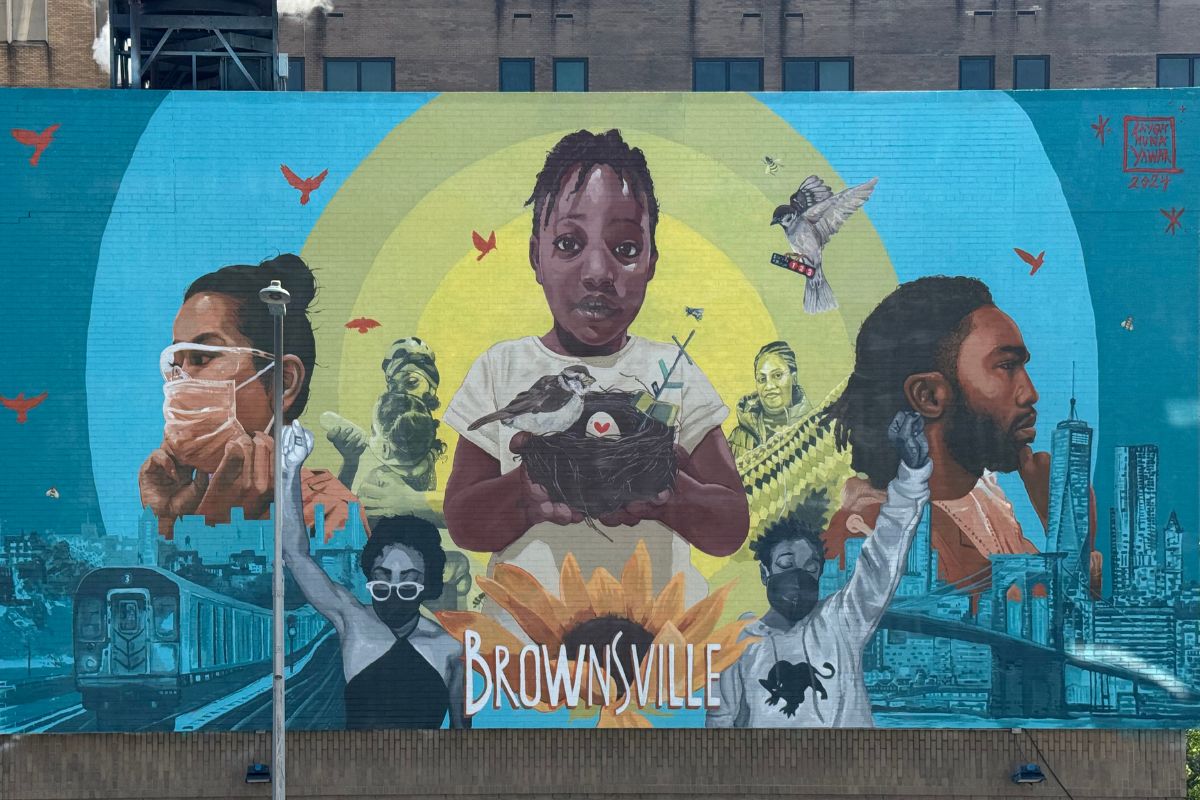
July 2, 2020; Washington Post
New research confirms for the umpteenth time that there literally is a tax on Blackness, in that tax assessors across the country regularly burden Black and brown homeowners with property tax bills that are higher than those levied on Whites.
Analyzing more than a decade (2005–2016) of sales and tax assessment data for 118 million homes in 75,000 local taxing entities, two economists, Carlos Avenancio-León and Troup Howard, found that Black households pay 13 percent more in property taxes each year than would a white family in a comparable situation. For brown households, the “assessment gap” is closer to 10 percent.
For the median homeowner of color, this gap translates to an extra $300 to $390 a year in property tax payments—a significant sum, considering the nation’s median Black household net worth is $13,000, with only $4,000 of that in liquid assets (pre-COVID).
In this country, the residential property tax is an ad valorem tax—one based on the assessed value of the real estate, established by the market price of the home. To be equitable, the ratio of assessed value to market value should be the same for all residents within a specific taxing jurisdiction. Most local assessors today use automated valuation and sophisticated computer programs called Mass Appraisal Techniques supposedly taking any subjectivity and racial biases out of the assessment process.
Sign up for our free newsletters
Subscribe to NPQ's newsletters to have our top stories delivered directly to your inbox.
By signing up, you agree to our privacy policy and terms of use, and to receive messages from NPQ and our partners.
These findings don’t come out of the blue. During the Jim Crow era, white tax assessors in the South routinely overvalued Black-owned residences, both as a punishment for civil rights activities or simply as a hidden tax break for landowning white gentry. In 1966 in Edwards, Mississippi, for example, the board of supervisors retaliated against a Black-led boycott of white businesses by grossly inflating the assessed value of almost all Black-owned homes in the town, an action ultimately upheld by the US Supreme Court.
Recent newspaper and audit investigations in several cities have revealed racially disparate impacts in the local system for valuing properties. The Chicago Tribune discovered that, for years, the Cook County Tax Assessor’s Office had overvalued properties in wealthier and largely white communities, resulting in poorer people in neighborhoods of color paying more in taxes as a percentage of their home’s value. Studies in Philadelphia and New Orleans have also discerned disparate assessment practices that gave white homeowners a benefit and disadvantaged black homeowners.
But this study, published by the nonprofit Washington Center for Equitable Growth, documents that the racial assessment gap is a nationwide scourge, not just limited to a handful of jurisdictions. It quantifies the gap (10–13 percent) and provides two explanations for this systemic phenomenon, each accounting for about half of the assessment gap:
- Spatial sorting: Most Americans live in segregated neighborhoods, and though individual properties (with the same number of bedrooms or square footage) across different neighborhoods may have the same value, the communities in which these homes are situated have different market values based on amenities such as parks, good schools and well stocked grocery stores. White-owned properties in white neighborhoods appreciate more and more rapidly than do equivalent Black-owned properties in Black neighborhoods, but they continue to be valued the same for tax purposes. This disparity is compounded over time.
- Disparate property tax appeals. Using data from Cook County (Chicago), the researchers found that residents of color are one percent less likely to appeal their property tax assessments than whites, two percent less likely to win an appeal, and if successful, receive a reduction that’s two to three percent smaller.
Avenancio-León and Howard contend that assessors should base their estimates of a property’s market value on recent sales in smaller, more geographically precise areas, thus capturing neighborhood differences that translate to racial differences. This is a technical fix for the appraisal process.
But other academics, such as William Darity, Jr. and his colleagues at Duke University, argue that neither technical fixes nor changes in individual behavior—educational attainment, better financial decisions, more homeownership, saving more, or improving “soft skills”—will effectively reduce any racial wealth gap. For the gap to be closed, America must undergo a vast social transformation produced by the adoption of bold national policies, policies that will forge a way forward by addressing, finally, baked in inequities of unfettered extractive capitalism built on a legacy of slavery.—Debby Warren











